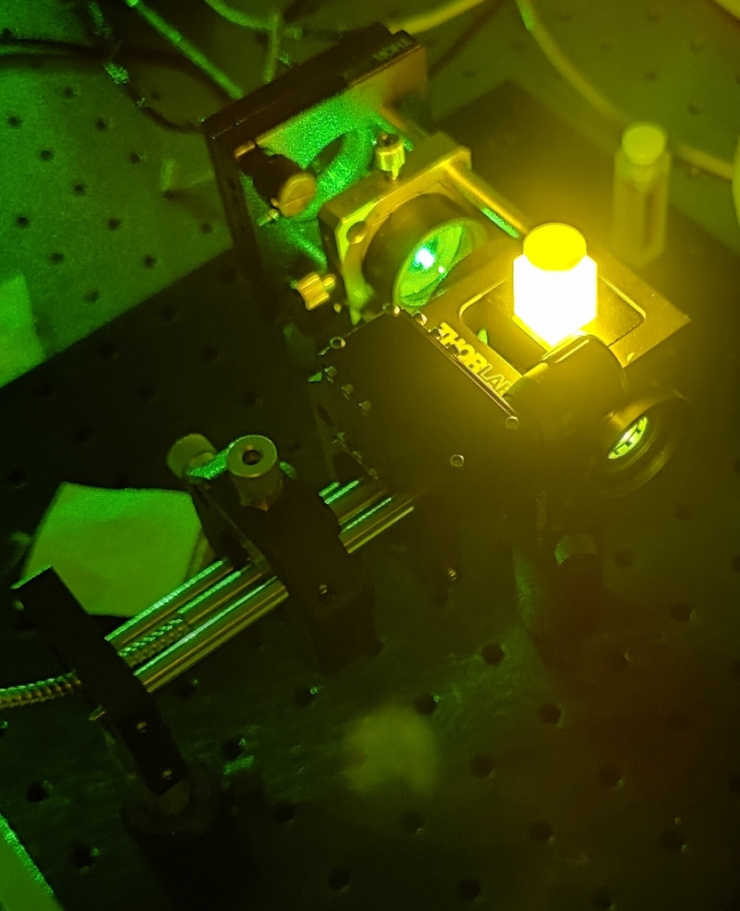Shallow- and Deep-Water Ophiura Species Produce a Panel of Chlorin Compounds with Potent Photodynamic Anticancer Activities
A. Klimenko, R. Huber, L. Marcourt, D. Tabakaev, A. Koval, S. S. Dautov, T. N. Dautova, J.-L. Wolfender,
R. Thew, Y. Khotimchenko, E. F. Queiroz, V. L. Katanaev
Antioxidants 12, 386 (2023)
This work was a huge collaborative effort between a number of groups: From the University of Geneva was the Quantum Technologies group, the School of Pharmaceutical Sciences, the Institute of Pharmaceutical Sciences of Western Switzerland, and the Translational Research Center in Oncohaematology group. In addition were the Institute of Life Sciences and Biomedicine at the Far Eastern Federal University, along with the National Scientific Center of Marine Biology at the Far East Branch of Russian Academy of Sciences.
You can read the full article here.
Photodynamic therapy uses light to excite a substance, known as a photosensitizer, for a theraputic effect. Some photosensitizers are capable of efficiently transmitting the absorbed energy of light to surrounding oxygen, so transforming it into a 'singlet', which is a more chemically active form of oxygen. The singlet oxygen can then stimulate cellular mechanisms which kill cancer cells.

However, it is very important to ensure such photosensitizers are administered in correct dosages -- that is, to know how much singlet oxygen is produced per unit of light power and exposure time -- in order to avoid damage to healthy cells. The relation between the power of the input light and the corresponding amount of singlet oxygen produced from the chlorins can be found from the amount of light the singlet oxygen itself emits when decaying into an unexcited state -- one molecule of singlet oxygen emits one photon with a wavelength of 1270 nm. Therefore, by counting the number of photons, the quantum yield of singlet oxygen can be determined, so allowing the right power of excitation light for the treatment.
The research done by the team found a high singlet oxygen quantum yield, up to 0.7, making these photosensitizers a very strong candidate for further pharmaceutical use.